Ukraine to Restructure Ground Forces?
A quick assessment of the challenges and opportunities of Ukraine's new reorganisation of corps level organisations in the ground forces and national guard.
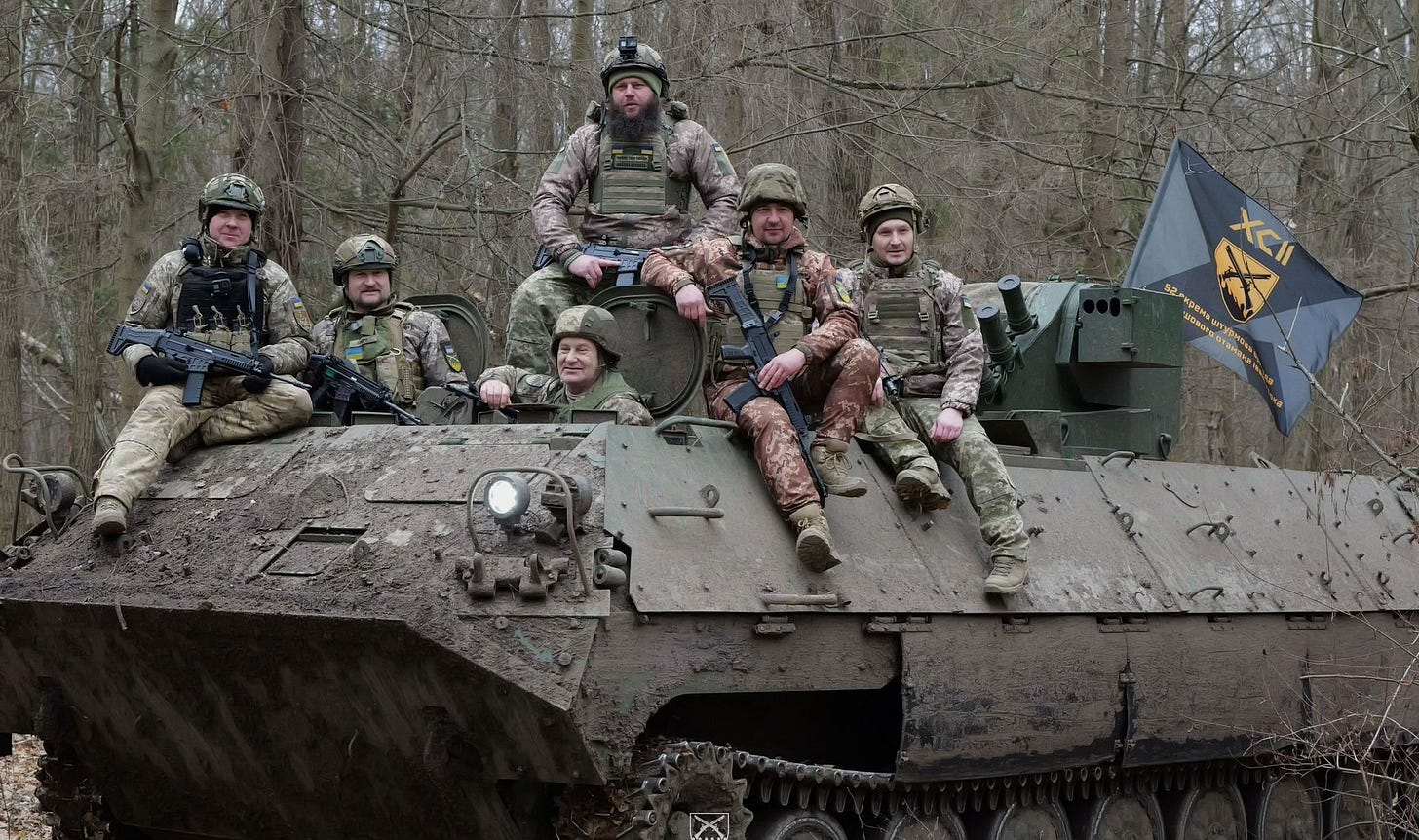
There is a report today that the Ukrainian ground forces and the Ukrainian national guard may be about to form corps and corps level headquarters. This has been reported in MilitaryLand, a source that I have found very useful and informed throughout the war in Ukraine. But the Ukrainian president has also apparently confirmed the plan in a 4 February post on Telegram. Zelenskyy confirmed the reorganisation in a Telegram post today, where he notes that:
The Commander-in-Chief also reported on the modernization of our army - a corresponding plan has already been approved for the transition to a new organizational structure of the Armed Forces of Ukraine and the creation of corps.
Up to 20 new corps could be formed under the new initiative, which is part of the Commander-in-Chief’s plan to modernise the organisation and manning of the ground forces, a directive he was given by President Zelenskyy when he was appointed in February last year.
Ukraine already has six corps, and they formed new corps in the lead up to the failed 2023 counteroffensive in southern Ukraine. Currently, according to MilitaryLand, the corps of the Ukrainian military are: the 9th, 10th, 11th, and 12th Army Corps, the 7th Rapid Response Corps of the Air Assault Forces and the 30th Marine Corps of the Navy. To give a sense of how Ukraine currently undertakes corps organisation, a selection of the existing corps are show below with their subordinate formations (based on open source information):
10th Army Corps: 5 x mechanised brigades; 1 x artillery brigade; 1 x engineer battalion; 1 x logistics battalion; 1 x tank battalion; 1 x recon-strike battalion.
11th Army Corps: 3 x mechanised brigades; 1 x tank brigade; 1 x artillery brigade; 1 x recon battalion.
30th Marine Corps: 4 x Marine brigades; 2 x coastal defence brigades; 1 x territorial defence brigade; 1 x artillery brigade.
7th Rapid Response Corps (Air Assault): 9 x assault brigades; 1 x artillery brigade; 1 x UAV battalion; 1 x recon battalion.
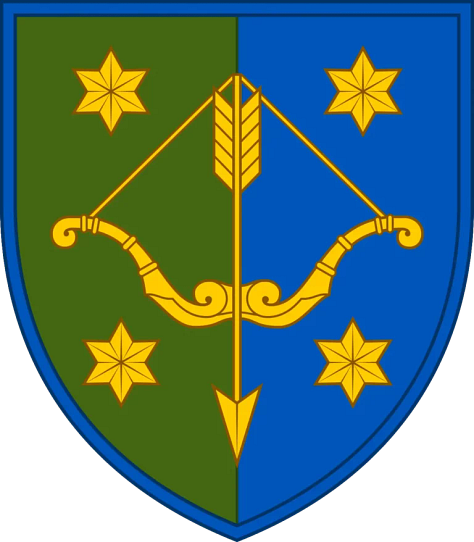
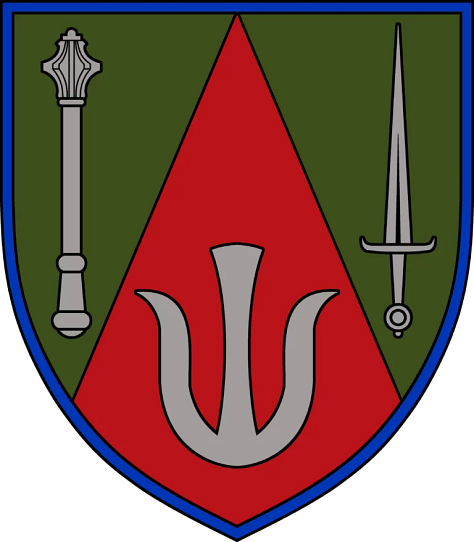
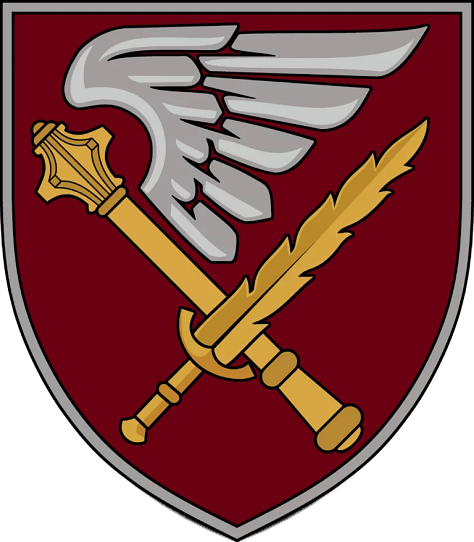
While we await more information about this reorganisation of ground forces and the national guard, it is a step that may address some current command and control challenges on the battlefield. But it also poses some challenges which will need to be addressed if Ukraine is to make these fully effective combat corps.
Before I begin my examination of the key issues related to the formation of more corps, I want to include a caveat: these corps appear to be aggregations of multiple brigades. They are not likely to be the standard NATO construct of around three brigades per division and 2-4 divisions per corps. And while some NATO countries had corps during the Cold War (such as I British Corps, as well as V and VII US Corps, in Germany), this is rarely the case now.
It is an important point to make up front. As such, the Ukrainian Army Corps will be more like big divisions rather than the kind of corps that NATO may have once possessed. That is not a big deal - not everyone has to look like a U.S. Army corps.
Challenges
So, what are the key challenges to be addressed in a widespread program to form corps throughout the Ukrainian ground forces? I think there are five key ones, and I discuss these below.
The first issue is that good Corps - even if they are not doctrinal NATO corps - should have Corps level units to shape the battlespace and future operations, weight main efforts, reinforce success, and enable the various elements of the current fight. In the current environment, this includes EW, engineers, fires, info ops, logistics, ISR and drones. Indeed, the doctrinal role of a corps headquarters is to principally focus on battlespace shaping efforts in order to provide a basis for mission success by its subordinate formations. Will the new Corps have the assets to undertake this role?
A second issue is that at the corps echelon, there is a requirement for highly-trained staff to plan future operations, integrate and run current operations, sustain formations and to conduct the esssential coordination up and down the chain of command. Corps planning is not ‘big brigade’ planning, it is a discreet and highly sought after skill. The second year programs at Quantico and Leavenworth, such as the USMC School of Advanced Warfighting (I am a 2003 graduate) and the U.S. Army School of Advanced Military Studies (SAMS) have focused on preparing the kind of staff necessary for corps level operations. While Ukrainian training might not look like this, will the Corps HQ have these staffs and who will be training the constant supply of staff officers needed to fill the twenty or more new corps headquarters?
The next challenge is that corps are still ‘high tactical’ organisations. What will be the link between them and the general staff, or will the current HQ structures above brigades remain unchanged? According to MilitaryLand, many existing higher echelon headquarters will be disbanded:
All existing corps will be restructured into combat corps, no longer serving solely as administrative units in the rear. The Operational Strategic Groups (OSUV), Operational Tactical Groups (OTU), and Tactical Groups (TG) will be disbanded, with the corps eventually assuming control of the frontlines.
If the formation of corps becomes just a renaming of this existing ‘above brigade echelon’, and there is no change in resourcing or operational approach, it is difficult to see how this initiative will change Ukraine’s battlefield prospects. I am not suggesting this will be the case, but having spent over three decades in an army, armies can make ‘interesting’ decisions about existing organisations some times.
Whether having 25 (plus) Army Corps working direct to the Ukrainian military’s General Staff is a good idea remains to be seen. The Ukrainians may still find that an intermediate echelon is required between General Staff and Corps.
Another issue for the new corps will be reinforcements and personnel. This has been a significant challenge for the Ukrainian ground forces for at least a year. This has been reported in multiple publications, and I have written about here on many occasions. A recent article by Tatariagami covered some of the principal challenges being faced by the Ukrainian ground forces, which includes: shortfalls in infantry; under achievements in mobilisation; structural failures and C2 shortfalls; false reporting by some commanders; and, a lack of accountability. With this as context, will the new corps HQ have a level of agency about access to, and allocation of, reinforcements and the use of dedicated or situational reserve forces?
Fifth and finally, corps leadership is key. Unfortunately, wars tend to churn through leaders just as they do frontline soldiers. Getting the right people to command these new corps will be crucial to their successful formation, conduct of operations and sustainment over time. As president Zelenskyy notes in his most recent Telegram post:
Today, we discussed approaches to the appointment of corps commanders: these should be the most trained, most promising officers with combat experience and modern thinking.
I have no doubt that the Ukrainians have the talent to fill these appointments, but selection and development of successive generations of corps commanders is an important institutional undertaking. And we should not assume that good brigade commanders will automatically make good corps commanders. It is a good foundation, but not every officer will be capable of making that big step up. This command selection process will be a first order challenge for the commander of ground forces and the commander-in-chief.
Opportunities
We know from history that well-led corps can really, really hurt an enemy at the tactical and even operational levels. The most recent example of the destructive power of modern combat corps - especially when it has air power as well - was the 1991 Gulf War with the advance conducted by three corps (XVIII Airborne Corps, VII Corps and a USMC Marine Air-Ground Task Force of 2 x Marine Divisions and an army brigade). The scheme of maneuver is shown below.
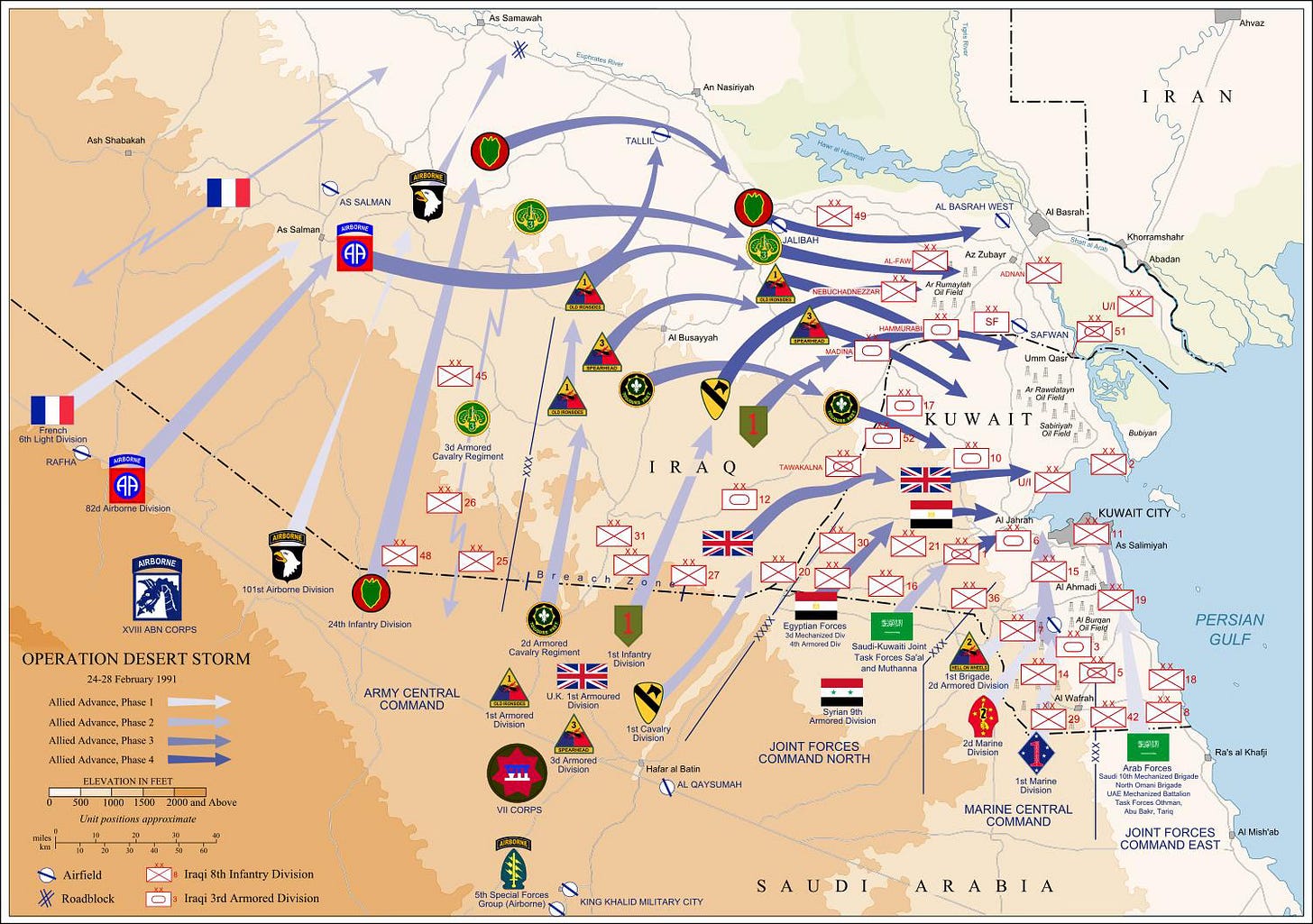
In his book that was co-written with Tom Clancy about the Gulf War, called Into the Storm, commander of VII Corps General Fred Franks Jr wrote towards the end that “Land war changes. It will always be changing.”*
A lot has changed since 1991 and since General Franks wrote those words.
The size of armies has significantly declined since then, and the new technologies available have vastly improved land and joint networking, the ISR battle, precision engagements, training and sustainment. More recently, the profound impact of drones and growing influence of AI-assisted decision making is forcing the adaptation of tactics, training and organisations on the battlefield and beyond. While Ukraine may not be forming or wielding multiple divisions inside its new corps, and does not have the air supremecy we have seen with modern U.S. operations, they will need to adopt some of the mindsets and operational approaches of corps operations.
In doing so, the Ukrainians have an opportunity to potentially help define what a 21st century fighting land corps might look like. For most Western armies, this echelon (be it small corps or big divisions) will be what they are generating at the start of the next war.
Another opportunity of the Ukrainian Army Corps level headquarters may be to better shape the battlefield for the conduct of brigade level operations. At least in theory, the role of corps headquarters and the corps echelon is to anticipate future operations and conduct the necessary shaping, prioritisation and support for its subordinate formations. Whether this will be the case for the new corps in the Ukrainian ground forces and national guard remains to be seen.
Finally, the formation of corps may offer a level of standardisation and efficiency of the ‘above brigade’ echelon that the current approach with Operational Strategic Groups, Operational Tactical Groups and Tactical Groups has not. Having standard operating procedures for these new army and national guard corps, standard corps units, standardised staff training and selection process for the leaders may offer efficiencies and operational improvements for the Ukrainian ground forces that the previous command and control arrangements did not.
A Step Forward But Not a Silver Bullet
It will be interesting to watch this reorganisation take place. Changing military organisations is always difficult in peace time. In war, while there are imperatives for survival, change can still be very difficult depending on the leaders involved and culture of the formations that are part of the change. Not withstanding the good intentions of the Ukrainian Commander-in-Chief, this will be a tough program of reform to execute while Ukrainian ground forces are involved in a very difficult set of campaigs in Kursk, eastern and southern Ukraine.
It is clear that recent challenges on the battlefield, particularly in eastern Ukraine, the problems with the cohesion of newly formed brigades, and challenges with mobilisation and training is forcing change on the command and control of Ukraine’s ground forces. The formation of corps is a welcome development. There certainly are opportunities, but the challenges I have mentioned here will need to be addressed for them to be really effective on the modern battlefield.
I wish them every success in this endeavour.
___________
*Into the Storm is a superb book that not only explores the role of VII Corps during the Gulf War, but it also focuses on its commander, Fred Franks as well as his previous experience in Vietnam, the post-Vietnam reforms of the U.S. Army and Frank’s reflections on the future of land combat. I had the priviledge to meet General Franks while at Quantico, and he very kindly signed my copy of Into the Storm.




Thank you for your analysis.